Balinese Food Dishes: Basic Overview
Common Ingredients
Common Cooking Methods
Courses
Meals
Key Taste
Eating Etiquette
Meal Presentation
Culinary Festivals
Influence and Fusion
Popular Types of Balinese Dishes
-
Rice Dishes
As a part of Indonesia, Bali also adores rice dishes as the main part of many diets.
-
Grilled and Barbecued Dishes
Balinese locals make use of the available local proteins to marinate with a wide range of spices for grilling.
-
Soups
The Balinese population also adopts many brothy creations from Indonesian cuisine, but with a bit of twist in terms of ingredients to switch up the flavor.
Balinese dishes are foods eaten through many generations in Bali, an island and a province of Indonesia. Due to its location, this cuisine is part of Indonesia and influenced by cuisines like other Indonesian regional, Chinese, and Indian cuisines.
These local dishes range from rice dishes to soups and desserts, with rice, chicken, and pork as the main ingredients. I’ll introduce each specialty thoroughly, including its origin, main ingredients, cooking methods, and varieties.
After all the best Balinese foods, you’ll figure out why these dishes are so unique, including their common types of food and typical ingredients. Another interesting section is the comparison between Balinese and Thai foods.
With this knowledge, you’ll get a full view of this island’s cuisine in particular and the diverse dishes commonly eaten in Indonesia in general.
16 Popular Balinese Dishes with Filters
Get to know about the delicacies in Bali using the filter system to organize them in alphabetical order, tastes, key ingredients, dish types, cooking methods and global popularity.
Now, let’s explore the culinary styles available in Bali, featuring options like the most popular, traditional, and street food dishes:
Nasi Goreng
- National
- Street Food
Nasi goreng is a traditional fried rice dish in Bali and other Indonesian provinces. Regarded as a national dish of Indonesia, nasi goreng has a signature caramelized, savory, and smoky flavor.
Nasi goreng requires no fixed ingredients, the Bali version includes galangal, garlic, lemongrass, shallot, and turmeric but without soy sauce.
Nasi goreng is available everywhere in this province, from roadside food stalls to restaurants. The locals usually eat this fried rice as a Balinese breakfast food.
Nasi Campur
- Street Food
- Traditional
Nasi campur is a mixed rice dish also called “nasi Bali” in Bali. Since this province mostly follows Hinduism, nasi Bali also has babi guling (pork roast).
Since it’s part of regular nasi campur, nasi Bali follows the basic formula: white rice paired with several savory side dishes, such as beef cubes, chili sauce, cucumber, corn, grilled tuna, fried tofu, spinach, tempeh, and vegetable curry.
As for curries and vegetable dishes, the locals usually use basa genep (complete spices) as the base seasoning.
Nasi Jinggo
- Street Food
Nasi jinggo is a Balinese street food often packaged in banana leaves. Inside is white rice with chili sauce and several side dishes, featuring shredded chicken, sambal goreng tempeh (sambal with tempeh), and serundeng (spicy grated coconut).
Aside from white rice, native people also make nasi jinggo with yellow rice. Mie goreng (stir-fried noodles) and eggs sometimes accompany this jinggo rice.
Created in the 1980s by a married couple, they made and sold nasi jinggo at the Kumbasari Market. Today, nasi jinggo is part of several special occasions like birthdays, meetings, and Ngaben (Hindu funeral ritual).
Satay
- National
- Street Food
Satay, or sate, is a national dish of grilled meat skewers sold throughout Bali and Indonesia.
In Bali, you’ll find sate susu (grilled spicy beef udder), sate babi (pork satay), and sate lilit (local satay with minced meat). Among them, sate lilit stands out the most, as the meat mixture is wrapped around a bamboo, lemongrass, or sugar cane stick instead of regular skewers.
The most common local selling method is sunggi, referring to vendors placing raw satay skewers and peanut sauce on a tray and carrying it on their heads.
Lawar
- Traditional
Lawar is a traditional Balinese food, utilizing many vegetables, like grated coconuts, green beans, kaffir lime leaves, and fried shallots. Some places even mix blood into lawar, creating lawar merah (red lawar).
Due to coconut milk and blood, lawar is easy to spoil, so locals usually make it to order and serve immediately with steamed rice and other meat dishes, like babi guling.
Betutu
- Traditional
Betutu is a chicken dish in Bali consisting of a roasted or steamed bird in a bumbu betutu spice blend. Although betutu is already highly spiced, the locals also make a spicier version by adding a sauce of red chili peppers and onion slices.
Betutu has 2 main variants: ayam betutu using chicken and bebek betutu using duck. The dish usually goes with plecing kangkung (spicy water spinach) and sambal terasi (sambal with fermented shrimp paste).
While the ingredients are consistent, the cooking methods vary based on region. For example, Klungkung’s people stuff the chicken with bumbu betutu, and Gianyar’s version is wrapped in a plantain leaf.
Babi Guling
- Street Food
- Traditional
Babi guling is what pig roast is traditionally called in Bali and across Indonesia. Since this province is mostly Hindu, babi guling is more popular there than in other regions.
Native people usually make babi guling by roasting a whole pig. This roast pig often goes with lawar and steamed rice for a filling meal.
Ikan Bakar
- Street Food
- Traditional
Ikan bakar is a charcoal-grilled fish dish known as a popular cooking example for visitors, especially at Jimbaran Beach in Bali.
Ikan bakar starts by seasoning fish with bumbu, sambal (chili paste), and kecap manis (sweet soy sauce) and wrapping it in a banana leaf before grilling it over a charcoal fire.
While ikan bakar is an all-year-round dish, this charcoal-grilled fish and jagung bakar (grilled corn cobs) have become a New Year’s Eve tradition.
Bakso
- National
- Street Food
Bakso, or baso, is a meatball or meat paste traditionally served across Bali, whether by street vendors or high-class restaurants. Made of beef surimi, the texture is similar to a Chinese beef ball, fish ball, or pork ball.
Bakso is usually combined with other ingredients to make a complete meal. For example, when paired with vermicelli and yellow noodles, this meatball becomes mie bakso.
Unlike bakso in other Indonesian regions, local bakso is made with pork due to the Hindu majority.
Tipat Cantok
- Street Food
- Traditional
Tipat cantok is a famous Balinese dish traditionally mixing blanched or boiled vegetables with ketupat (rice cake) and spicy peanut sauce. The regular vegetable choices for tipat cantok include asparagus bean, beansprout, tofu, and water spinach.
When served, tipat cantok comes with a sprinkle of bawang goreng (fried shallots) and kecap manis.
Rojak
- Street Food
Rojak, or rujak, is a common fruit salad in Bali and Indonesia, with roots in Java. This fruit salad contains sliced fruits and vegetables in a spicy palm sugar dressing.
However, local rujak uses spiced fish broth instead of palm sugar dressing. The fish broth is made with bird’s eye chili, red chili, salt, terasi, and shrimp paste.
Another local traditional version is rujak bulung, with edible seaweed as the main ingredient.
Babi Kecap
- Traditional
Babi kecap is a braised pork dish well-loved among non-Muslim residents in Bali and other Indonesian regions for centuries. The pork is simmered in kecap manis, spiced with garlic, onion, or shallot.
While babi kecap is inspired by Chinese braised pork, it’s sweeter thanks to the flavoring. Additionally, babi kecap also accepts other cuts, like trotters or offal (ear, intestines, liver, nose, tongue, and tripe).
Udang Balado
- Traditional
Udang balado, or sambal goreng udang, is a long-established spicy shrimp dish common in Bali and Indonesia. This spicy shrimp begins with stir-frying shrimp in sambal and a little oil.
The sambal sauce often consists of local bay leaves, bumbu, citrus leaves, and lemongrass. Other ingredients, like bitter beans, green beans, quail eggs, fried potatoes, and tofu, are added depending on the region.
Pie Susu
- Traditional
Pie susu is a custard tart with its origin in Bali. This custard tart is flat, with a shortcrust pastry as a crust.
To add to that, pie susu’s filling is thin, including egg custard and condensed milk. Still, this custard tart’s shape is quite similar to pastel de nata (Portuguese egg custard tart).
Rawon
- Traditional
Rawon is a popular beef soup in Bali that originates from East Java and traditionally uses black keluak nuts for its dark color and nutty flavor. However, local residents exclude keluak, so the version here is brown.
Other ingredients are candlenut, garlic, ginger, red chili, shallots, and turmeric, all sauteed with oil before going into stock with beef slices. Still, Balinese people use pork for this beef soup.
Soto
- Street Food
Soto is a traditional soup in Bali comprising broth, meat, and vegetables. As soto is often served warm, it becomes a comfort food for locals and travelers.
Unlike most soto across Indonesia, which is made with chicken, the most popular local version is soto babi, using pork. Aside from that, soto ceker (chicken foot soto) is also well-known for its unique yellow spicy soup.
What Makes Traditional Balinese Dishes Unique?
Traditional Balinese dishes stand out in the vast culinary landscape of Indonesia thanks to these factors: Geographical location, cultural influence, religious practices, local ingredients, types of food, and street food scene.
Festivals are a special occasion to enjoy different types of ornately prepared foods. Next, uncover the features that set Balinese and Thai dishes apart.
What Are The Differences Between Traditional Balinese And Thai Dishes?
Although both countries are in Asia, Balinese and Thai dishes have several huge differences regarding meat, spices, seasonings, spicy level, and cultural influences. All these dissimilarities are showcased in the table below:
Traditional Balinese Foods
Traditional Thai Foods
Despite their geographical proximity, the distinct characteristics of age-old Balinese dishes stand in contrast to the foods traditionally served in Thai. With that stated, why not diverge your attention to tasty pairings of food and drinks in Bali?
What Balinese Dishes to Have with Beverages?
To elevate the flavors, you should consider some of these fine drink options of Bali to accompany the specialties:
Remember to share these tasty Balinese dishes with others around you to help more people know about these flavorful offerings. Leave a comment sharing your experience in Bali for others.








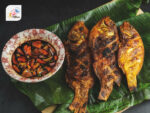
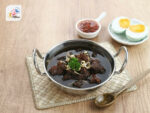

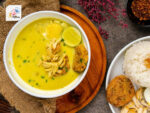
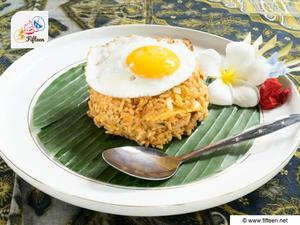
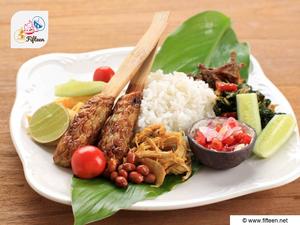
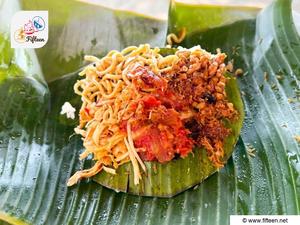
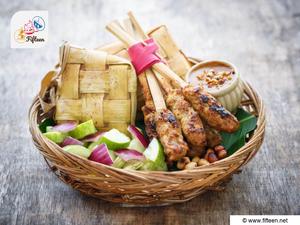
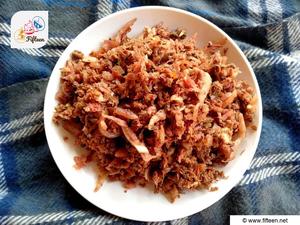
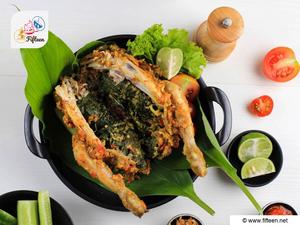
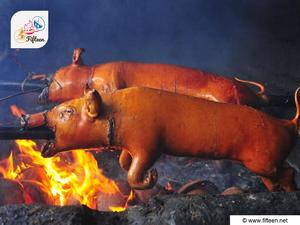
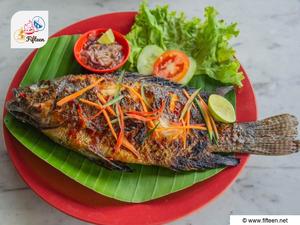
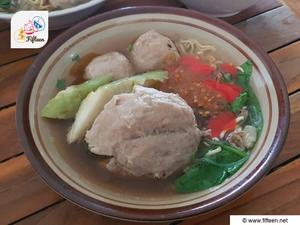
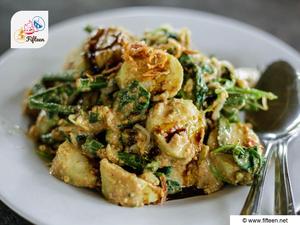
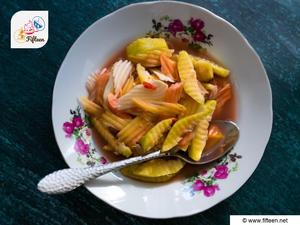
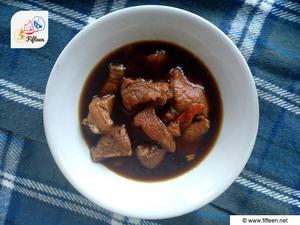
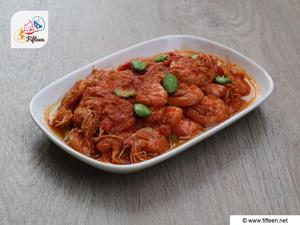

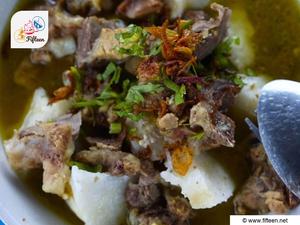
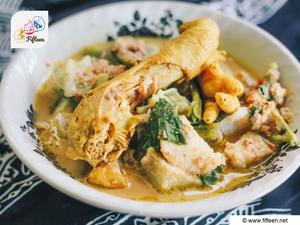

Jamie Scott
Editor in Chief, Senior Content Writer
Expertise
Home Cooking, Meal Planning, Recipe Development, Baking and Pastry, Food Editor, Cooking-video Maker, Western Food Evaluation Expert
Education
Le Cordon Bleu College of Culinary Arts
Local Community College, New York, NY
Jamie Scott is a skilled culinary expert and content creator specializing in Western cuisine. With over 15 years in the culinary field and formal training from Le Cordon Bleu, Paris, Jamie deeply understands how to blend nutrition with delicious flavors. His passion for cooking matches his commitment to making healthy eating accessible and enjoyable.
On Fifteen.net, Jamie brings a fresh perspective to classic dishes and beverages, offering readers insightful recipes, cooking tips, and a fresh view on meal planning that emphasizes taste, health, and simplicity.